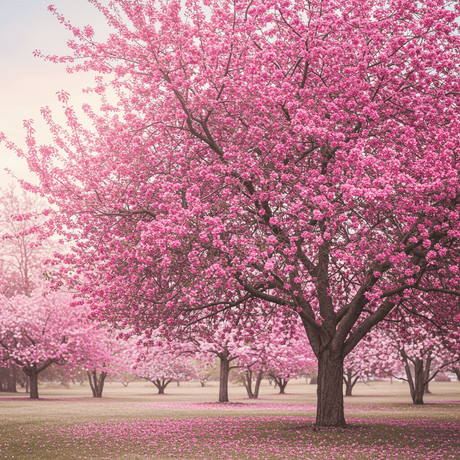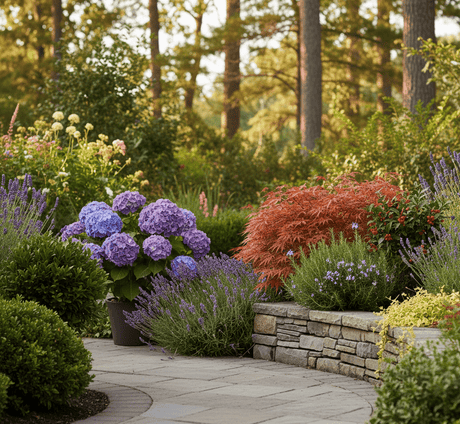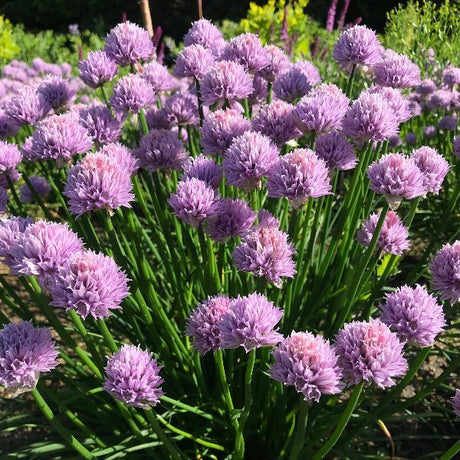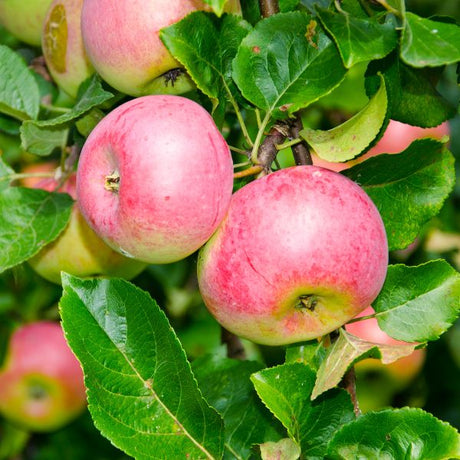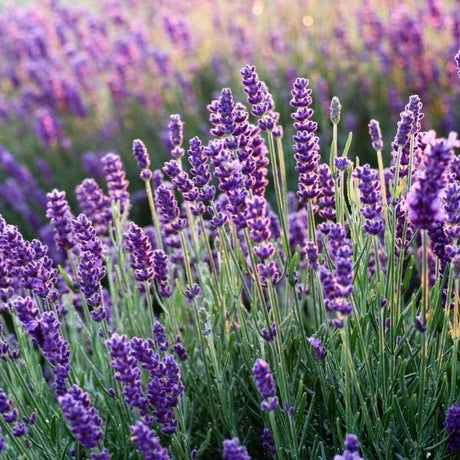Catawba Grape Vine
Vitis 'Catawba'
- Stay Protected with Plant Sentry ™
Catawba Grape Vine - #1 Container is backordered and will ship as soon as it is back in stock.
Plant Sentry™
Plant Sentry™

Plant Sentry™ Protected
Your order is protected by our compliance system that:
- Prevents restricted plants from shipping to your state
- Ensures plants meet your state's agricultural requirements
- Protects gardens from invasive pests and diseases
Delivery and Shipping
Delivery and Shipping
Delivery and Shipping
Fast, Safe Plant Delivery
Ships in 3-4 business days • Tracking provided • Weather protected
| Under $50 | $9.99 |
| $50 - $99.99 | $14.99 |
| $100 - $149.99 | $16.99 |
| $150+ | $24.99 |
✓ Zone-specific timing • ✓ Professional packaging • ✓ Health guarantee
Understanding Plant Options
Nature Hills offers plants in two main formats:
- Container Plants: Grown in pots with soil, sized by container volume and plant age
- Bare Root Plants: Dormant plants without soil, sized by height measurements
Container Plant Sizes
Container sizes indicate plant age and growing capacity rather than liquid volume equivalents. Our containers follow industry-standard nursery "trade gallon" specifications, which differ from standard liquid gallon measurements.
Young Plants (6 months to 18 months old)
| Container Size | Actual Volume | Metric Equivalent |
|---|---|---|
| 2" x 2" x 3" | 0.18 - 0.21 dry quarts | 0.20 - 0.23 dry liters |
| 4" Container | 0.31 - 0.87 dry quarts | 0.35 - 0.96 dry liters |
| 4.5" Container | 0.65 dry quarts | 0.72 dry liters |
| 6" Container | 1.4 dry quarts | 1.59 dry liters |
| 1 Quart | 1 dry quart | 1.1 dry liters |
| 5.5" Container | 1.89 dry quarts | 2.08 dry liters |
Established Plants (18 months to 2.5 years old)
| Container Size | Actual Volume | Metric Equivalent |
|---|---|---|
| 2 Quart | 2 dry quarts | 2.2 dry liters |
| #1 Container | 2.26 - 3.73 dry quarts | 2.49 - 4.11 dry liters |
| 5" x 5" x 12" | 3.5 - 4.3 dry quarts | 3.85 - 4.74 dry liters |
Mature Plants (2-4 years old)
| Container Size | Actual Volume | Metric Equivalent |
|---|---|---|
| #2 Container | 1.19 - 1.76 dry gallons | 5.24 - 7.75 dry liters |
| #3 Container | 2.15 - 2.76 dry gallons | 8.14 - 12.16 dry liters |
Large Plants (3-5 years old)
| Container Size | Actual Volume | Metric Equivalent |
|---|---|---|
| #5 Container | 2.92 - 4.62 dry gallons | 12.86 - 20.35 dry liters |
| #6 Container | 5.25 - 6.01 dry gallons | 23.12 - 26.42 dry liters |
| #7 Container | 5.98 - 6.53 dry gallons | 26.34 - 28.76 dry liters |
Bare Root Plants
Bare root plants are sold by height from the root system to the top of the plant. Plants may exceed minimum height requirements.
Common Sizes:
- Trees: 1 foot, 2 feet, 3 feet, 4 feet, 5 feet, 6 feet
- Shrubs & Perennials: 1 foot, 18 inches, 2 feet
Important Notes
Container Volume Specifications
- Trade Gallon Standard: Our containers follow industry-standard "trade gallon" specifications established by the American National Standards Institute (ANSI Z60.1) for nursery stock
- Volume Variations: Actual soil volume may vary due to plant root systems and growing medium settlement
- Age Indicators: Container size primarily indicates plant age and maturity rather than liquid volume equivalents
Growing Conditions
- Plant size can vary based on variety and growing conditions
- Container size helps indicate plant maturity and establishment level
- Larger containers generally mean more established root systems and faster landscape establishment
Seasonal Availability
- Bare root plants are available seasonally when dormant
- Container plants are available throughout the growing season
- Specific varieties may have limited availability in certain sizes
Questions?
For questions about specific plant sizes or availability, please contact our plant experts who can help you choose the right size for your landscape needs.
Plant Highlights
Catawba Grape Vine highlights at a glance!
-
Botanical Name
-
Brand
-
Growing Zones5, 6, 7
-
Growth RateFast
-
Mature Height
-
Mature Width
-
Leaf Color
-
Flower Color
-
Fall Color
-
NativeYes
-
Pollinator FriendlyYes
-
Pollinator Required
-
Bloom PeriodLate Spring
Characteristics
Where To Plant
When To Prune
- Late Winter
Water & Moisture Needs
- Moderate
Sunlight Needs
Soil Needs
- Widely Adaptable
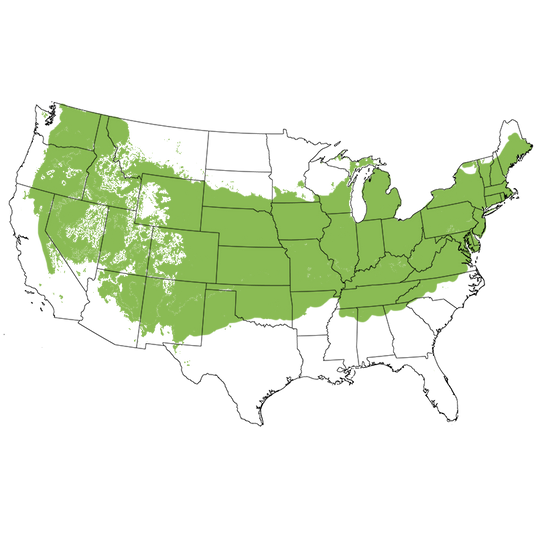
Growing Zones 5-7
Delicious and improved classic American native Catawba Grape Vine (Vitis x 'Catawba') have been used for wine, jellies, and fresh eating since they were first cultivated in American gardens in 1801! We at Nature Hills are proud to offer this classic Grape to the 21st-century gardener! Catawba Grapes are stronger now and more resistant to diseases.
The Catawba produces bunches of coppery-red seedless Grapes from late September to October. This fruit has a pronounced musky flavor that is sweet and is often used to make Blush and Rosé wines. From the blooms to the fruit, these are excellent vertically growing edible landscaping plants for all sunny areas of your garden and landscape!
Discovered in North Carolina, Catawba was the king of American vineyards in the early nineteenth century, rivaling wines produced in Europe at the time. The one-two punch of a powdery mildew blight and the decimation of vineyards during the Civil War led to this once-famous Grape's drop into obscurity. Hardy throughout USDA growing zones 5 through 8 and highly adaptable.
Planting and Application:
Use these strong growers to cover a patio or scramble up a pergola. They will ramble along a fence or fill a large pot. The leaves turn a classic fall gold in autumn, which just adds to the pleasure of growing these beauties at home. Planting this fruiting Vine over a pergola or arbor creates lovely shade and the feeling that your seating areas or garden benches transport you to Tuscany or that you are having breakfast in a vineyard!
Beautiful on its own, as a specimen plant, or as part of the larger landscape, Catawba Grapes are sure to please. Stake up or secure your Vines to a trellis or on strong support for these Grapes. Even a strong fence will do well for these Grape Vines, providing screening and privacy along with the delicious fruit! Use netting or mesh bags to protect your harvest from the birds, but the bees adore the blooms in the spring.
- Coppery Red Fruit in Autumn
- Cultivated For 200 Years!
- Delicious Sweet/Musky Fruit - Jam, Juice, Desserts & Fresh Eaten
- Commonly Used to Make Wine
- Lust Green Leaves & Golden Fall Color
- Shade, Fruit, Backdrops & Edible Landscaping Vines
Grapevine Care and Training
They are easy to grow with a little TLC and plenty of sunshine. Just give it full sun and plenty of water to get it established and it will reward you with years of delicious fruit. The Catawba prefers enriched, deep, acidic and well-drained soil but can tolerate a wide range of soil types. Provide regular moisture and a 3-4 inch thick mulch layer to support the roots, plus regular fertility. Prune Grapevines should be performed in late winter or early spring to maintain the shape, size, and vigor of next year's fruiting wood.
- Full Sun
- Moderate Regular Moisture & Fertility
- Appreciates Mulched Beds
- Self-Fertile - More Productivity With Another Vine Nearby
- Healthy, Hardy Vines - Prune in Late Winter/Early Spring
- Winter Hardy Woody Perennial - 100 - 150 Chill Hours
Delicious and easy-to-grow hardy native hybrids, the improved Catawba Grape Vine will delight you for years to come! Order yours today at NatureHills.com and get growing!
FAQs About the Catawba Grape
What are Catawba Grapes primarily used for?
Catawba Grapes are versatile and are often used for crafting sweet and sparkling wines, making jams and jellies, and even enjoyed fresh as a dessert Grape.
Are Catawba Grapes cold-hardy?
Yes, Catawba Grapes are highly adaptable and can withstand colder climates, making them a popular choice for northern growers in USDA zones 5-8.
What do Catawba Grapes taste like?
These Grapes have a sweet, tangy flavor with musky undertones, making them ideal for creating unique wines and other culinary delights.
How should I train and grow Catawba Grapevines?
Plant them in full sun with well-drained soil, and train the vines on trellises, fences, or arbors to maximize air circulation and fruit production. Regular pruning in late winter or early spring ensures vigorous growth and better harvests.
When are Catawba Grapes ready to harvest?
Catawba Grapes typically ripen in mid to late September, displaying their signature pinkish-red hue when they are ready to pick.





